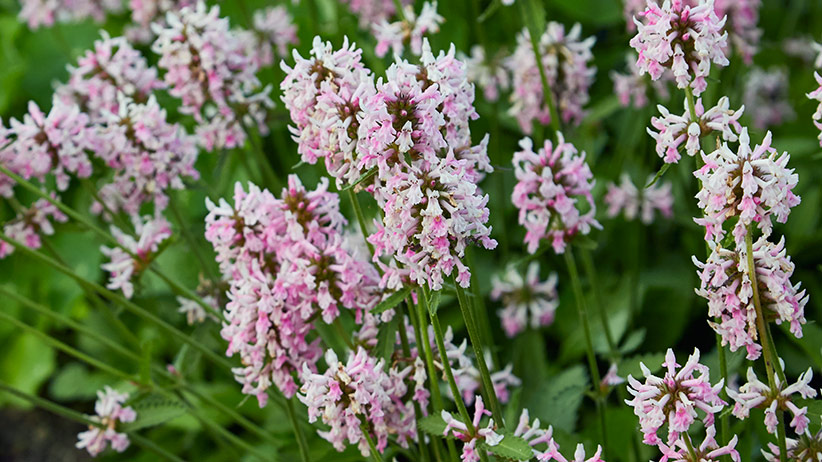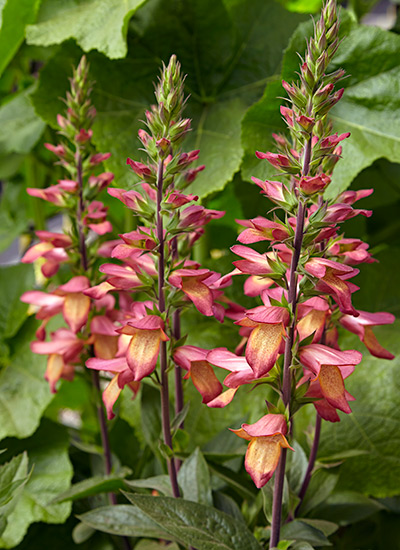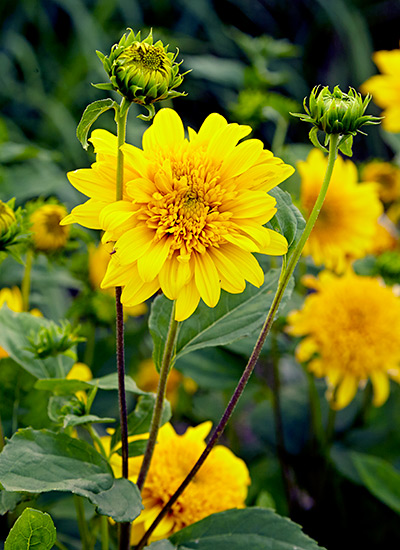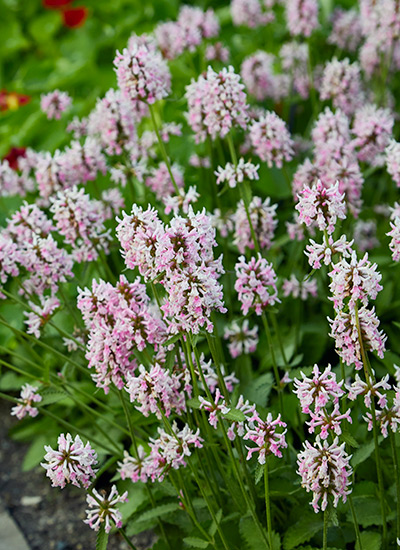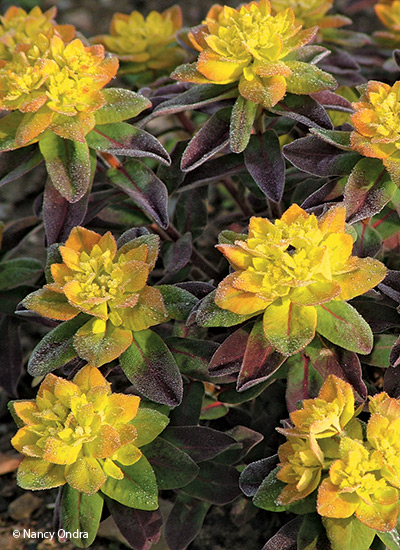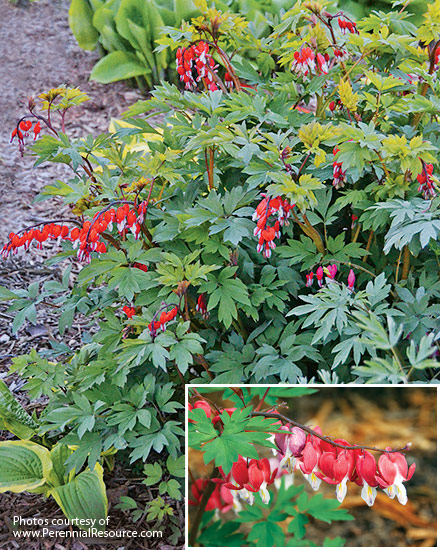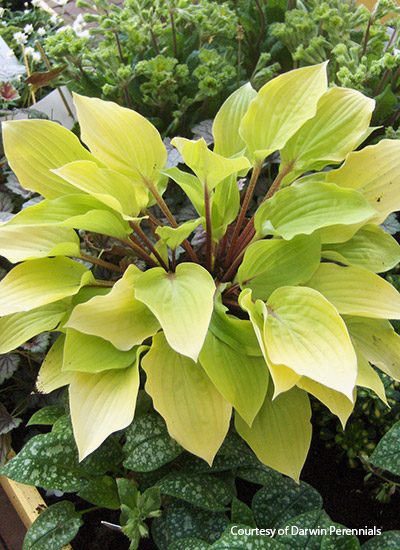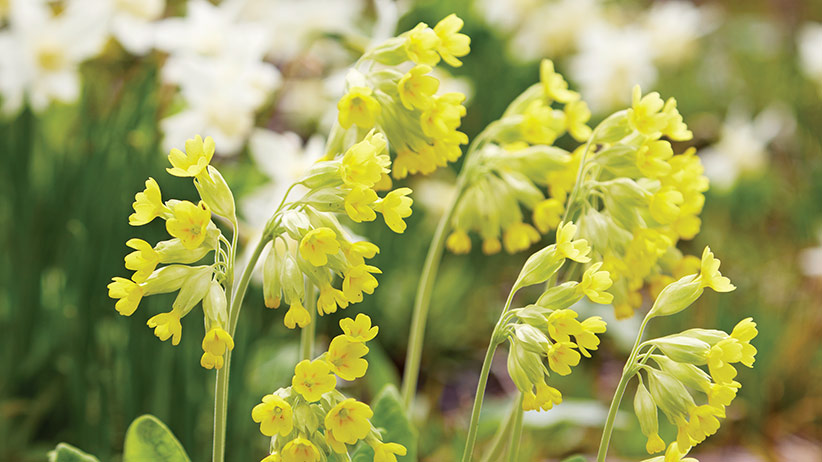Who says there’s nothing new under the sun? Not gardeners! We value the perennial cultivars we’ve loved for years, but are always on the lookout for new ones, too. A different flower color, a more compact habit, better foliage and improved pest-resistance are often among the attributes we hope to find.
Check out these 10 low-maintenance perennials for your garden
New plants come on the market every year, proclaiming one or more of these qualities. You may have seen a few of these plants around and wondered if they really are different from what you’re growing in your garden now. To be honest, some live up to their publicity; some don’t. And no matter how good they are, odds are the old standards will never leave our gardens — they’re treasured friends we want to keep around. Here are 6 improved perennials that have qualities that make them stand out from the crowd. Let’s take a look at some of the choices you’ll find at the garden center or on the pages of your favorite catalog or website.
You might also like these articles:
Two stunning ideas for your summer perennial garden bed
Our mix and match guide to create perfect cottage garden style
Perennial deadheading guide



